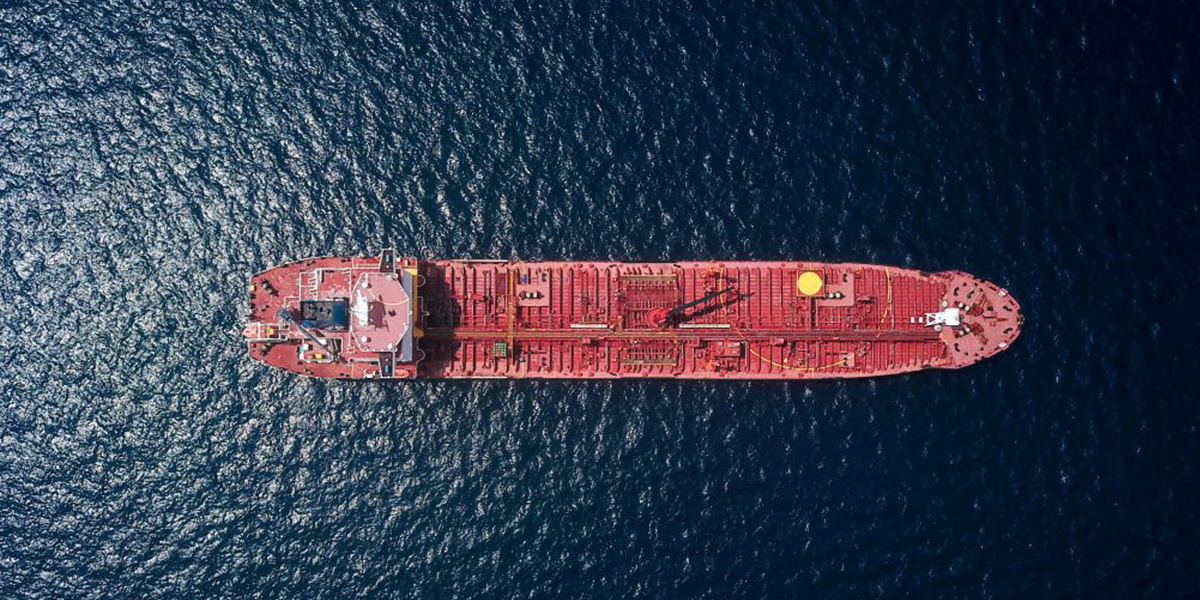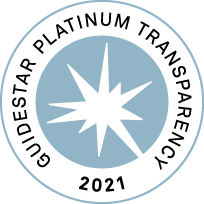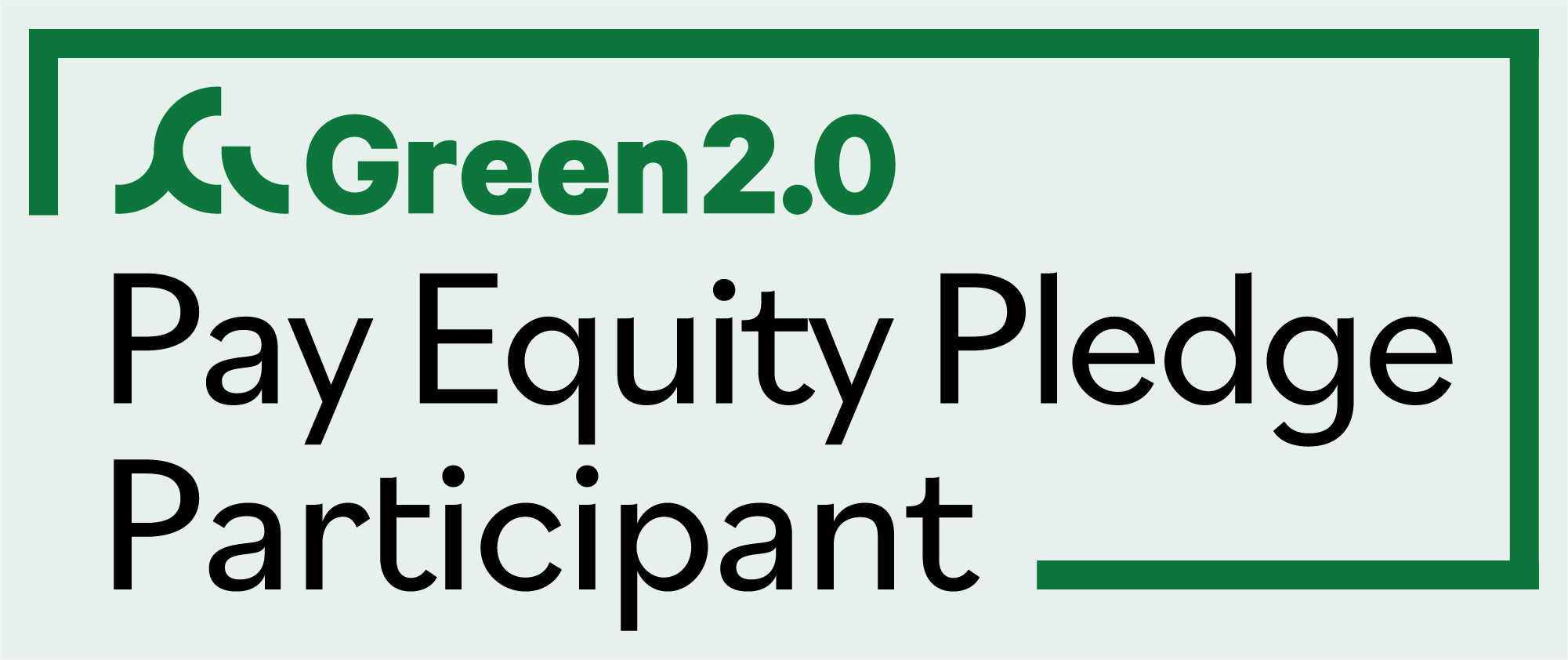After 5 years of a civil war costing thousands of lives, a devastating humanitarian crisis with over 20 million people on the brink of starvation, torrential floods, crop failures, and a runaway COVID epidemic, the last thing Yemen needs now is an environmental catastrophe. But that is precisely what the country and region now face.
The Floating Storage and Offloading (FSO) oil tanker “SAFER” anchored four miles off Yemen’s west coast port of Ras Isa, now abandoned but with a reported 1.1 million barrels of Marib Light crude oil still onboard, presents a real and growing risk of a catastrophic spill into the Red Sea. For years the tanker had been used to store and ship 200,000 barrels of oil per day from the Marib Ras Isa oil pipeline across Yemen, but since the civil war began 5 years ago, it has been idle and unmaintained with oil left onboard.
The ship is reportedly deteriorating rapidly, and just this year seawater reportedly flooded the engine room and sections of the ship broke off and fell into the sea. The ship with oil onboard could easily sink while at anchor. And the Inert Gas System used to prevent the build up of explosive gases in the oil tanks has been inoperative since 2017. If volatile organic compounds remain in the oil tanks, there is a risk of explosion. And of course, the ship is highly vulnerable to terror attack.
To avert an oil spill disaster, it is paramount that the SAFER’s oil be offloaded (“lightered”) onto other tankers, and soon. The last thing the region needs is a catastrophic oil spill on top of its other many crises. And given the deteriorating condition of the vessel, time is running out.
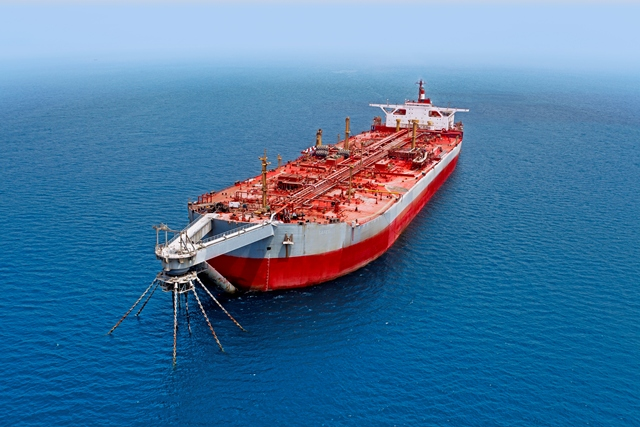
But the derelict tanker and its oil cargo are caught in the complex political chess game of Yemen’s civil war. The ship is in the area of western Yemen controlled by the Houthis (Ansar Allah), and so far the Houthis, backed by Iran, have denied U.N. inspectors access to the vessel. The opposing Coalition – the U.N. recognized Yemeni government in Aden (Yemen), Saudi Arabia, U.A.E., and the U.S. – have conducted extensive military operations against the Houthis, but at present there is a tenuous cease-fire in place.
Many believe that the Houthis are using the threat of an oil spill from the SAFER as a bargaining chip to extract security assurances from the Coalition. Regardless, it is clearly in everyone’s interest to get the oil safely offloaded to avoid another catastrophe in this region already in crisis.
We have learned from all major marine oil spills in history that, once the oil is spilled, it’s game over. It is virtually impossible to contain spilled oil on the sea surface, clean it up, rehabilitate oiled wildlife, restore spill-injured marine ecosystems, or stabilize the socioeconomic chaos that ensues. Usually less than 10% of spilled oil is recovered. We have also learned that when thousands of tons of a toxic, persistent chemical – crude oil – is spilled into a productive coastal marine ecosystem, the environmental damage will be severe and can last decades. This was true in the 1989 Exxon Valdez in Alaska, the 1991 Persian Gulf spill, and the 2010 Deepwater Horizon in the Gulf of Mexico. In all of these, environmental injury persists today.
The Red Sea is widely recognized as a productive large marine ecosystem of exceptional biological and economic value. It is home to many species of dolphins and whales, dugongs, sea turtles, hundreds of kilometers of coral reefs, coastal salt marshes, mangroves, and seagrass communities, a productive fishery, and a valuable marine tourism economy. All of that is at risk from a spill of the SAFER’s oil. Not only would there be widespread immediate mortality of organisms and habitats, there would also be extensive sublethal injury to physiology, reproduction, feeding, and behavioral ecology that would persist for years. A spill of a million barrels of crude oil into the Red Sea would likely be one of the most ecologically damaging in history.
As well, the region is an important shipping route for about 10% of world oil, with over 5 million barrels of oil a day being shipped through the Suez Canal. Such shipping may need to be curtailed in a major spill disaster.

For the past year, the U.N. has attempted to broker a deal with the Houthis to allow its inspectors aboard the SAFER, to no avail. Others, including our group, have argued that of greater importance is securing permission from the Houthis to allow a salvage/lightering operation alongside to offload the oil from the SAFER, thereby removing the spill threat. The offloading operation could be conducted by the Houthis’ ally Iran (e.g., the Iranian National Tanker Company), and the value of the oil (perhaps only $40 million today) could be used for humanitarian assistance in Yemen.
But negotiations between parties remain in a stalemate, and with every passing day we are a day closer to catastrophe.
The Houthis may be skeptical about negotiating with U.N. officials, as the U.N. and Coalition support the government in Aden, the Houthis’ main adversary. If this is the case, then an independent, non-governmental intermediary should be appointed to seek resolution to the dispute. If what we are doing isn’t working, then we need to try something different. Clearly, what the U.N. has been doing to resolve this is not working, and it is time to admit such and try another approach.
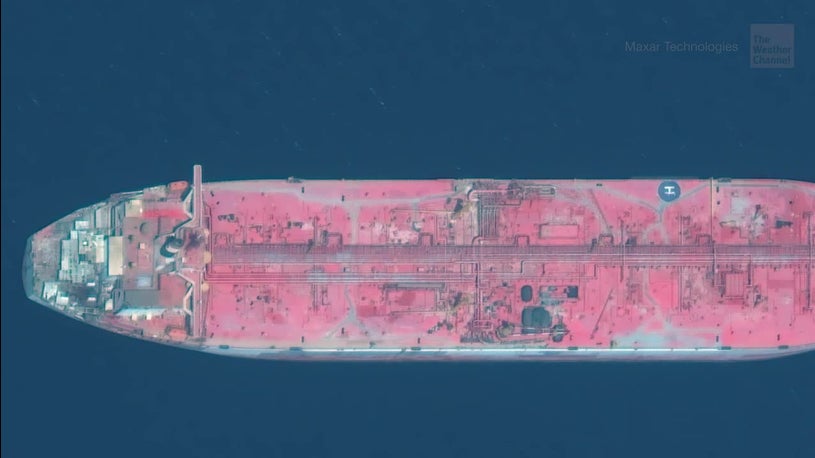
The Houthis hold the cards here, and they need to be heard and respected. An independent intermediary could help clarify Houthi demands, and sort out a reasonable middle ground with the opposing Coalition. We have proposed this very approach for over a year, but the U.N. and governments of the region remain unresponsive to the suggestion.
As efforts continue to arrange the safe offloading of the SAFER, governments in the region need to prepare for the worst – a full discharge of the SAFER’s million barrels of oil. This would require thousands of trained response personnel (Deepwater Horizon used 48,000 personnel, Exxon Valdez used 11,000), hundreds of miles of oil containment and sorbent booms, thousands of vessels, hundreds of oil skimmers, and dozens of oil transfer barges, all costing billions of dollars. The Deepwater Horizon response cost $14 billion, Exxon Valdez cost $2 billion, both took over 3 years, and both were ineffective. It is unclear who would foot the bill for a SAFER spill. And given the high COVID infection rate in the region, it is hard to imagine how such a massive spill response could be mounted.
The bottom line here is this: it would be reckless and unacceptable for the opposing parties to remain stuck in rigid positions on the SAFER, exposing this war torn region to yet another grave, and avoidable, calamity. Both the Coalition and Houthis will need to make concessions. A deal to offload the oil may be as simple as agreeing to a substantial aid package for Yemen’s people, including health care, education, and economic opportunity. If so, let’s make that deal. The Houthis would enhance their cause and international reputation immeasurably if they would take such a deal, and allow the SAFER to be offloaded. There is always a deal to be made, and we urgently need to find a deal here to offload this derelict tanker before it spills its toxic cargo into the Red Sea.
If we don’t, then shame on us all.
Rick Steiner is director of Oasis Earth in Anchorage Alaska (www.oasis-earth.com), and is an international oil spill advisor who has advised the U.N., governments, industry, and NGOs on oil spill prevention, response, damage assessment, and restoration. He was a marine conservation professor with the University of Alaska for 30 years, was involved in all aspects of the 1989 Exxon Valdez spill and many other oil spills around the world, and coordinator of the Shipping Safety Partnership. He serves on the Advisory Board of The Ocean Foundation.
